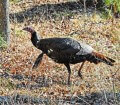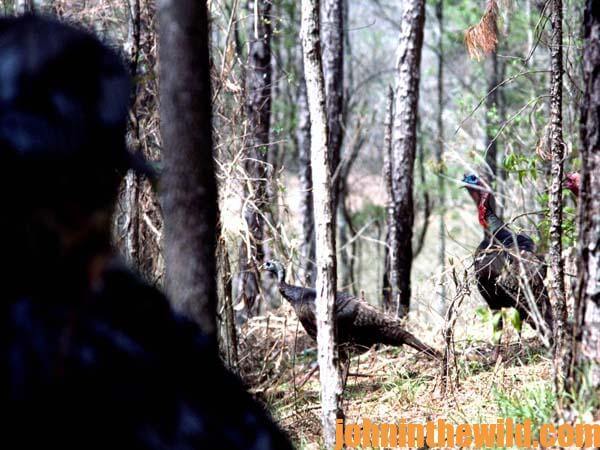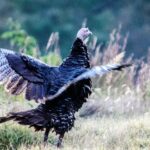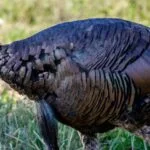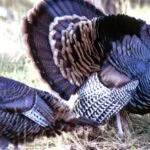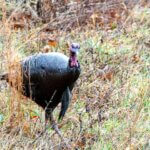John’s Note: You can wear the best-quality camouflage, use outstanding turkey calls and employ all the tactics you learn from videos, books and magazine articles, and you still may not go home with a gobbler, if you’re hunting in a place that doesn’t hold a turkey. To have a successful turkey hunt, you first must find a gobbler to hunt. And, to be successful, you need to locate more than one gobbler every day you’re afield, I’ve found in my 50 years of chasing toms. This week I’m sharing some of the most-productive ideas for hunting turkeys that people have taught me to successfully take toms this spring.
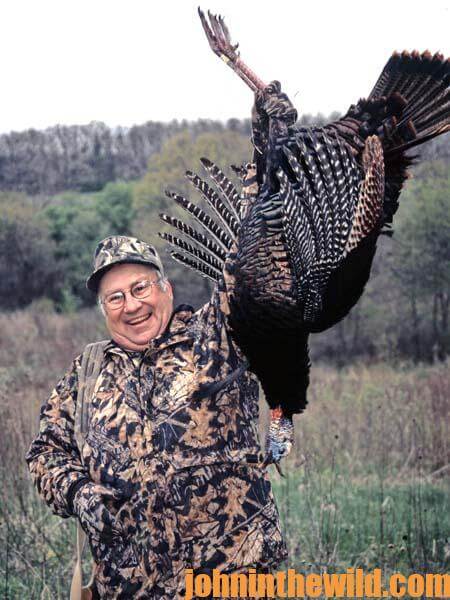 After I pinpoint a gobbler, pick out my best stand and rests my shotgun on my knee, I often rely on friction calls. Some friction calls sound more like a hen than any other type of call. I like friction calls with strikers that enable me to give that raspy sound of an excited hen. But, when I hunt turkeys that have experienced intense hunting pressure, I use the hickory striker to call softly, especially when the turkey comes in close. To take a tough gobbler, use a locator call. Set-up on him, and call lightly on a friction call with soft clucks and purrs. No hunter should go in the woods without several different types of locator calls. To find the gobblers, you must know how to use a locator call. Effectively using a locator call can reduce the amount of time you spend scouting and determine where and how to set-up to increase your odds for bagging a gobbler.
After I pinpoint a gobbler, pick out my best stand and rests my shotgun on my knee, I often rely on friction calls. Some friction calls sound more like a hen than any other type of call. I like friction calls with strikers that enable me to give that raspy sound of an excited hen. But, when I hunt turkeys that have experienced intense hunting pressure, I use the hickory striker to call softly, especially when the turkey comes in close. To take a tough gobbler, use a locator call. Set-up on him, and call lightly on a friction call with soft clucks and purrs. No hunter should go in the woods without several different types of locator calls. To find the gobblers, you must know how to use a locator call. Effectively using a locator call can reduce the amount of time you spend scouting and determine where and how to set-up to increase your odds for bagging a gobbler.
To learn more about turkey hunting from the masters, get these Kindle eBooks by John E. Phillips, including: “The Turkey Hunter’s Bible (available as an eBook or in paperback),” “PhD Gobblers: How to Hunt the Smartest Turkeys in the World,” “Turkey Hunting Tactics,” “How to Hunt Turkeys with World Champion Preston Pittman,” “The 10 Sins of Turkey Hunting with Preston Pittman,” and “Outdoor Life’s Complete Turkey Hunting.” Click here to get these books.

